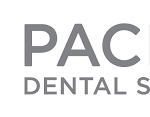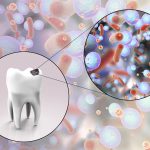
Risk factors for heart attack include; age, tobacco, high blood pressure, lipid profile, diabetes, family history of heart attack, lack of physical activity, obesity, stress, illicit drug use, history of preeclampsia, history of autoimmune condition such as lupus or rheumatoid arthritis and so on and so on. Why have all these risk factors been identified? Because it is better to prevent a heart attack than it is to have one. Risk factor identification and modification is the cornerstone of p...
Read More








